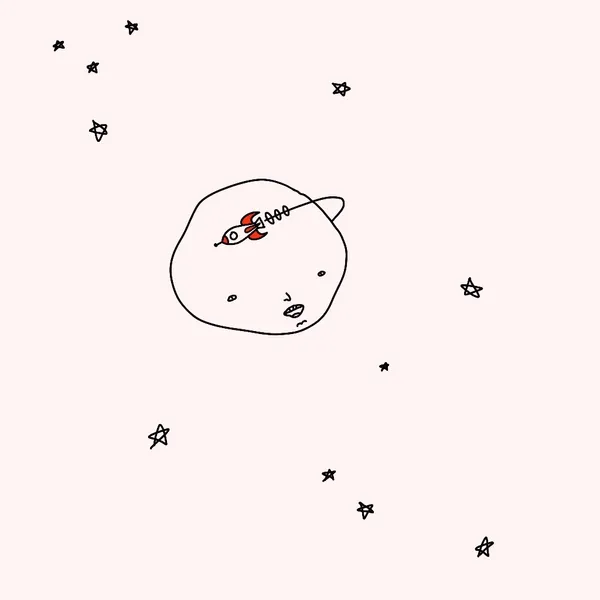
Sit.
In this article I’ll be using Sit. as an excuse to talk about some wider ideas (motivation, mental health, iterative design processes). We’ll explain why it came about, but not how. In part 2 I’ll show you how to take an idea from a hunch into a working app. Stay tuned!
Before you read on, open the app and check it out for yourself. It shouldn’t take more than 1–2 minutes and if it does I’m certain it’ll be time well spent.
This page isn’t going anywhere, I’ll wait for you here.
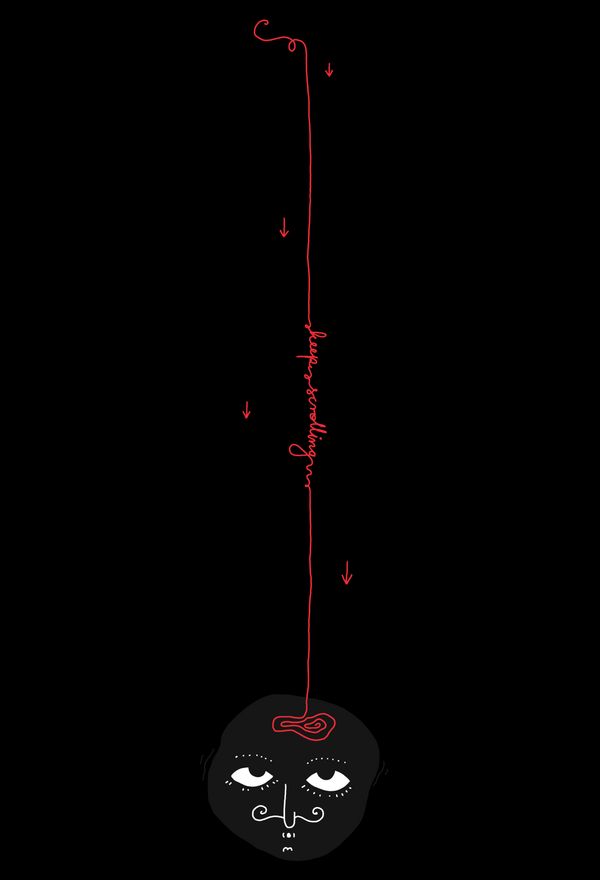
Glad to have you back. Did you cheat?
Sit. is a brutally simple alarm clock, not much more complex than an egg timer. You choose a length of time to just sit in silence, set it and forget it. When that time is up, a gong gently brings you back and then repeats every minute until you switch it off – so you don’t lose track of time.
Some people (myself included) use it to meditate, but there really is no right way of enjoying it.
To be fair, “just sit” is also a famous zen koan. But regardless of the reason, as long as I can get you to sit down on your ass for a moment and stop trying to be productive, I’m a happy man.
Sidenote: why do we say “brutally” simple and not, say, “elegantly” simple? The selection process of building things like this app could be considered “brutal”, but we don’t call poetry or mathematics “brutal” where both areas are essentially an art form based on seeking simplicity.
We don’t really say, “Did you read that haiku? Was it brutal?”, do we?
I’ve always loved the idea of simple, atomic (as “indivisible”) tools, objects with a brütally™ simple purpose. They’re easy to explain, you can stack them like legos and compose. Sit. is an exercise in that.
Some of my other projects, like Ensō, Façade, and the goat telling me to slow down when I talk too fast, also follow the same principle. So let’s focus on the specifics: why are we talking about Sit., and not, say, Squanch?
Reason #1: Time
"Live Slow, Die Old"
an ancient Doom Metal koan
In the past decade the Web has become a sort of a shitty metaverse. Every step you take is watched and assessed in terms of its monetisation potential, every interaction is meant to extract value from you. Fine, IndieWeb and Mastodon are making things marginally better, but there’s so much more to be done outside of their little bubbles (which I love dearly).

Just like advertising, which assumes consent by default, most of the Web in its current shape robs you of your time. You can withdraw consent, but only after we’ve shown you the brain parasite.
So, most of the Web is a time/money/attention grabbing machine. It’s Sting walking behind you humming Every Breath You Take. We’ve established that.
What I wanted to build was the opposite. I wanted to give you a little of your time back. That’s why when you open Sit., there are only two things you can do:
- close the tab, or
- sit down on your butt and watch the grass grow
I hope you chose the latter. If not, I do hope that since you've read this far I’m giving you something worth your time. Just like anyone else I want to feel useful.

A funny thing can happen when you use Sit. When you just sit and do nothing, every minute drags on into what feels like infinity. But when you mindlessly watch TikTok or doomscroll through Twitter on the other hand, hyperspace seems to bend in the opposite direction: I blink and the pasta is overcooked, I blink again and the light in the kitchen is different, cooler, the shadows have moved. Are we really alive if we’re not here?
When you open Sit., I don’t try to fill your brain with anything. It’s just you and your thoughts. That can get uncomfortable. But when you finish, for some strange reason you feel better.
Alternative title for reason #1: the time I want back.
The two other reasons I built Sit. are more trivial and less likely to generate a rant.
Reason #2: Motivation
I’ve decided to drop full time work and move back to personal projects, which means I’m still figuring out a structure for my day, which means it’s easy to get stuck in a rut.
You see, I suffer from a condition known as irony deficiency: even though I preach simplicity when mentoring or running workshops, I struggle with the very same thing in my own practice. Speak with your GP if these symptoms seem familiar.
After a few days of running around in circles, I decided to take a detour and build something else to boost my morale a bit, ideally something so small I couldn’t afford not to finish and share it (hold that thought, we’ll get back to it in the second post).
The most prolific and creative people I know get their boost of motivation from projects with a short feedback loop. This way they can have contact with the user, and watch as their work is enjoyed by others or at the very least interacted with. Building things for others is a form of communication, and it fulfils a very basic human need.
Iterative methodologies like Agile are not only useful because they allow us to split problems into smaller, more testable chunks, bringing us closer to the essence of a problem. There’s also a mental health and motivation aspect to it which honestly deserves its own article.
Alternative title for reason #2:
I’m stuck, pass the shovel, not this one, the small one.

Reason #3: Black dog
The final reason will sound trivial, but it’s one of those trivial things worth repeating till they’ve finally carved into our brains: mental health is important.
I’m interested in mental health both from a professional and personal point of view. I’m not a therapist or a qualified medical professional, so I try to help using the skills I have. The areas where I can contribute somewhat usefully took the form of my work on privacy, using music and psychedelics for therapeutic purposes at Wavepaths, and writing tools supporting mental health in my spare time. The beauty of building those (digital) tools for myself is that it costs 0$ to share them with others.
Rant: It just feels perplexing how preoccupied we are with sending people to a dead rock 138600000 km away by treating some random tech bro like your favourite football team, where at the same time we have 1000s of Curies, Teslas, Newtons worth of human potential, brain power which could be unlocked with sometimes relatively little work. Those people are not 1 au away. Yet, we fetishise those who make us miserable instead.
There’s so much low hanging fruit here.
Reason #3.1: I have very specific clock needs.
I don’t want to be wise. I want to be clockwise.
But seriously now. Another big reason why Sit. is built this way is habit reinforcement. Preventing issues is easier than crisis management once the black dog pays a visit.
I try to meditate every day in the morning. For me it’s a form of mental hygiene and a “spiritual” practice only in terms of connecting with something bigger than us (nature, not religion). One of the types of meditation I practise, called shi-nè, is quite challenging because it involves learning how to detach yourself from the voice in your head without focusing on anything else in particular like breath or music.
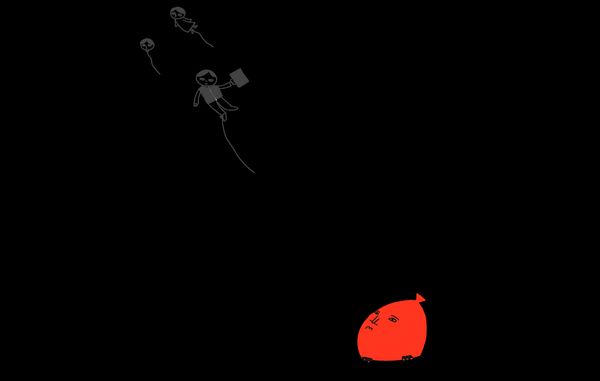
There’s no anchor, but there isn’t anywhere to go, either.
The simple instruction for shi-ne is to maintain presence of awareness without focusing on anything, that is, remain uninvolved with whatever arises in mind source
The point here is that this can quickly get both frustrating and boring. Our brain constantly looks for things to focus on, it abhors a vacuum. So the positive effects of this exercise take time to manifest. And maintaining a habit that initially feels unpleasant is hard.
Remember earlier when I said that although sitting down and doing nothing can be unpleasant at first, when you finish for some strange reason you feel better? It turns out, you benefit from habits more if you take some time to reflect on them after you’re done. It also makes them easier to stick, by teaching us to associate reward with an initially annoying activity.

That’s why the timer in Sit. is gentler than a regular snooze button. It lets me wind down and reflect without aggressively throwing me back into my regular routine like an alarm clock would. And it gives me more control over my meditation schedule: I still know how much time has passed but I can afford to spend another minute or two on it .
Alternative title for reason #3: The fact that I keep snoozing is not a bug, it’s a feature!
Closing words (for now)
How did it go?
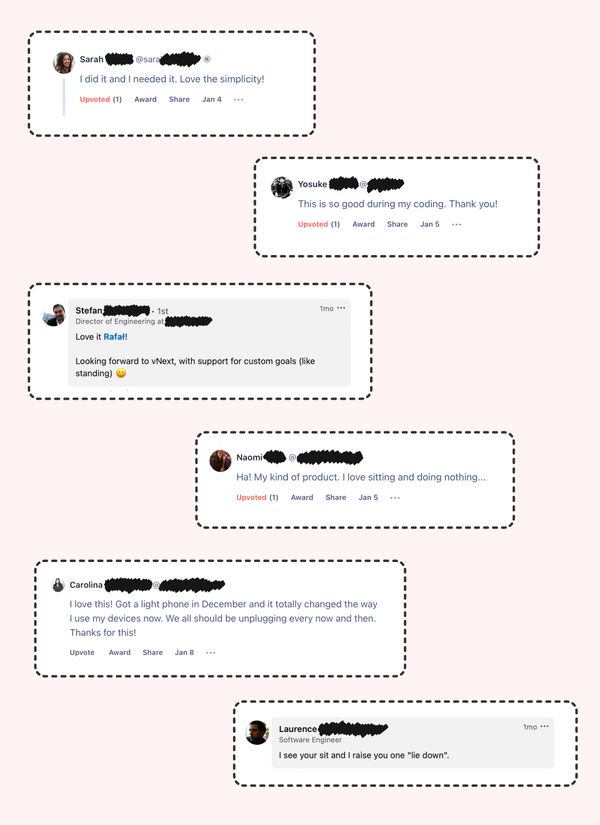
So far the users of Sit. “wasted” a combined few days’ worth of work by sitting down and doing nothing. Someone wrote a short article about it, and I received warm comments from people who apparently needed to be distracted from their distractions.
I put all of those wasted minutes together into one imaginary person. Imagine you sent someone you like on a spa vacation for a few days. Now imagine that that hypothetical person is a perfect sphere.
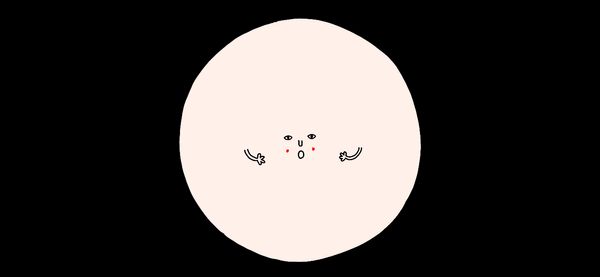
Listen, I know it’s not rocket science, I know it’s a small thing. But knowing that somewhere, someone sat down, watched the grass grow and had time for themselves instead of doomscrolling or crafting a world-altering post on LinkedIn… It made me feel better and let me get out of my own head. We’re simple folk here, with simple, yet mysterious needs.
Next steps
You’ve probably noticed that Sit. was an excuse to talk about wider ideas.
In the next article I’ll use Sit. to introduce to you my rapid prototyping workflow. It's a multidisciplinary process involving user research, Human Centred Design, and code.
If you want to see how to turn a hunch into an idea, and then an idea into a working piece of software used by actual people, stay tuned!
I also offer free office hours, where I talk to random people about ideas big and small, pair program or rant. If that sounds like your cup of tea, come and say hi or book a chat!
And remember: every minute spent in Sit. is $0.01 Mark Zuckerberg can't spend on metaverse.
PS. This article wouldn’t be possible without Alexandra Ciufudean who translated it into human.